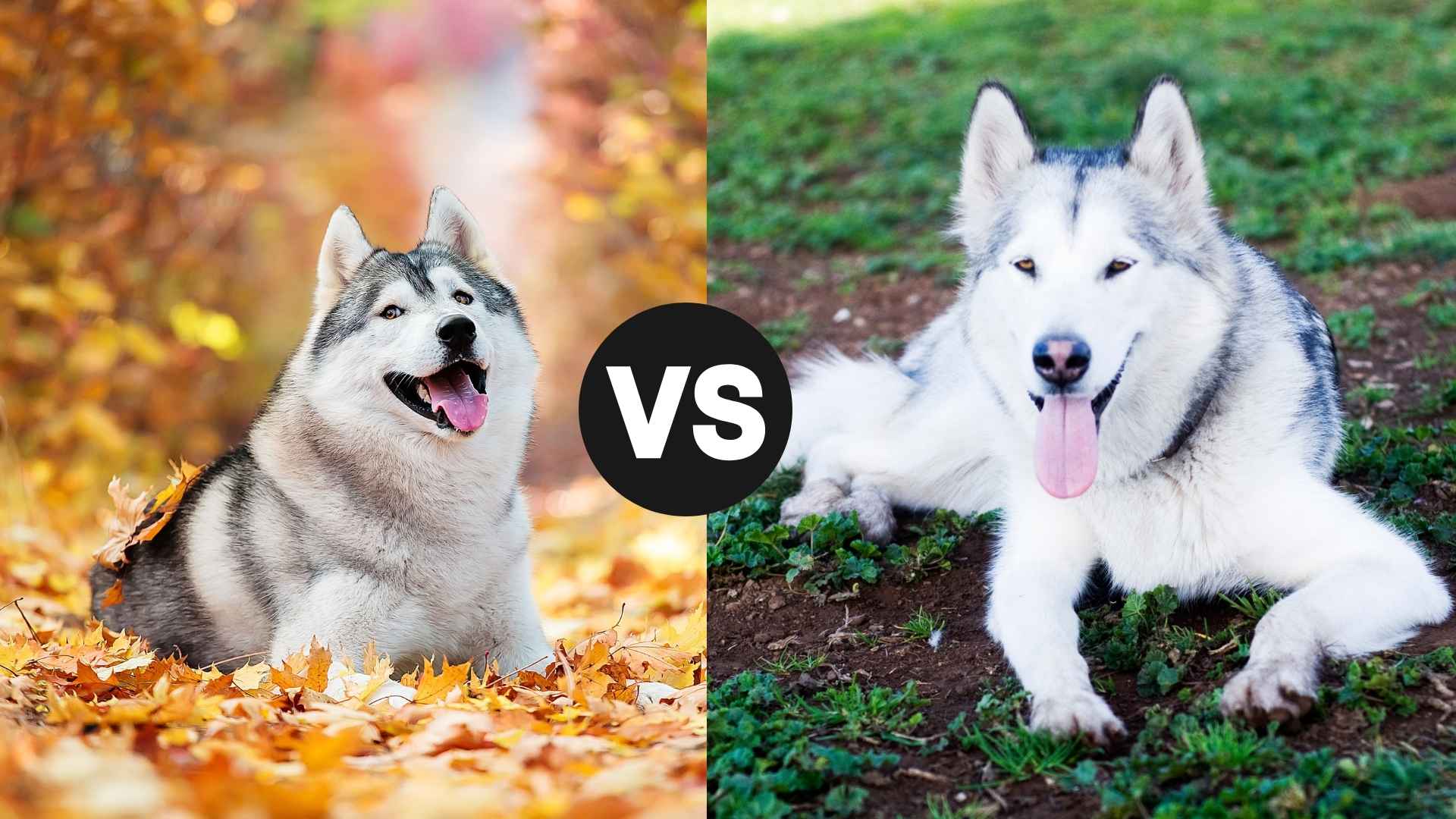If you’re drawn to wolf-like dogs with thick fur, striking eyes, and energy, you’ve probably considered the Siberian Husky and Alaskan Malamute. At first glance, they look pretty similar—fluffy, powerful, and built for the cold—but don’t let that fool you! These two breeds have distinct personalities, energy levels, and care requirements that make them better suited for different types of owners.
Huskies? They’re the ultimate adventurers—playful, fast, and always seeking the next escape route. Malamutes? Think of them as the strong, silent type—loyal, hardworking, and a little stubborn. A Husky is your best bet if you want a dog with endless stamina that loves running. But the Malamute is your go-to if you’re looking for a powerhouse that thrives on companionship and heavy-duty work.
Before you decide which one is right for you, let’s break down the differences beyond looks so you can pick the perfect four-legged companion!
Siberian Husky vs. Alaskan Malamute
Siberian Husky vs. Alaskan Malamute: Key Differences
While the Siberian Husky and Alaskan Malamute may look alike, they have some major differences! Huskies are smaller, lighter, and built for speed, making them perfect for endurance running. Conversely, malamutes are larger, stronger, and bred for heavy-duty work like pulling massive sled loads.
Regarding personality, Huskies are independent, mischievous, and notorious escape artists, while Malamutes are more loyal, affectionate, and stubborn. Huskies thrive in high-energy environments and need constant mental stimulation, whereas Malamutes are calmer but demand strong leadership.
|
Feature | Siberian Husky |
Alaskan Malamute |
|---|---|---|
|
Size & Build |
Medium, lean, built for speed |
Large, muscular, built for strength |
|
Weight |
35-60 lbs (16-27 kg) |
75-100 lbs (34-45 kg) |
|
Height |
20-24 inches (51-61 cm) |
23-25 inches (58-64 cm) |
|
Energy Level |
Extremely high; loves running |
High but less hyperactive |
|
Temperament |
Playful, independent, mischievous |
Loyal, strong-willed, affectionate |
|
Trainability |
Smart but stubborn; can be tricky to train |
Intelligent but requires firm leadership |
|
Social Behavior |
Friendly with everyone, including strangers |
More reserved, bonds deeply with family |
|
Guarding Instinct |
Poor watchdog, too friendly |
Somewhat protective but not aggressive |
|
Grooming Needs |
Heavy shedding; frequent brushing needed |
Even heavier shedding; requires regular maintenance |
|
Best For |
Active owners, runners, multi-pet homes |
Strong leaders, colder climates, single-pet homes |
Siberian Husky vs. Alaskan Malamute: Breed History
Siberian Husky
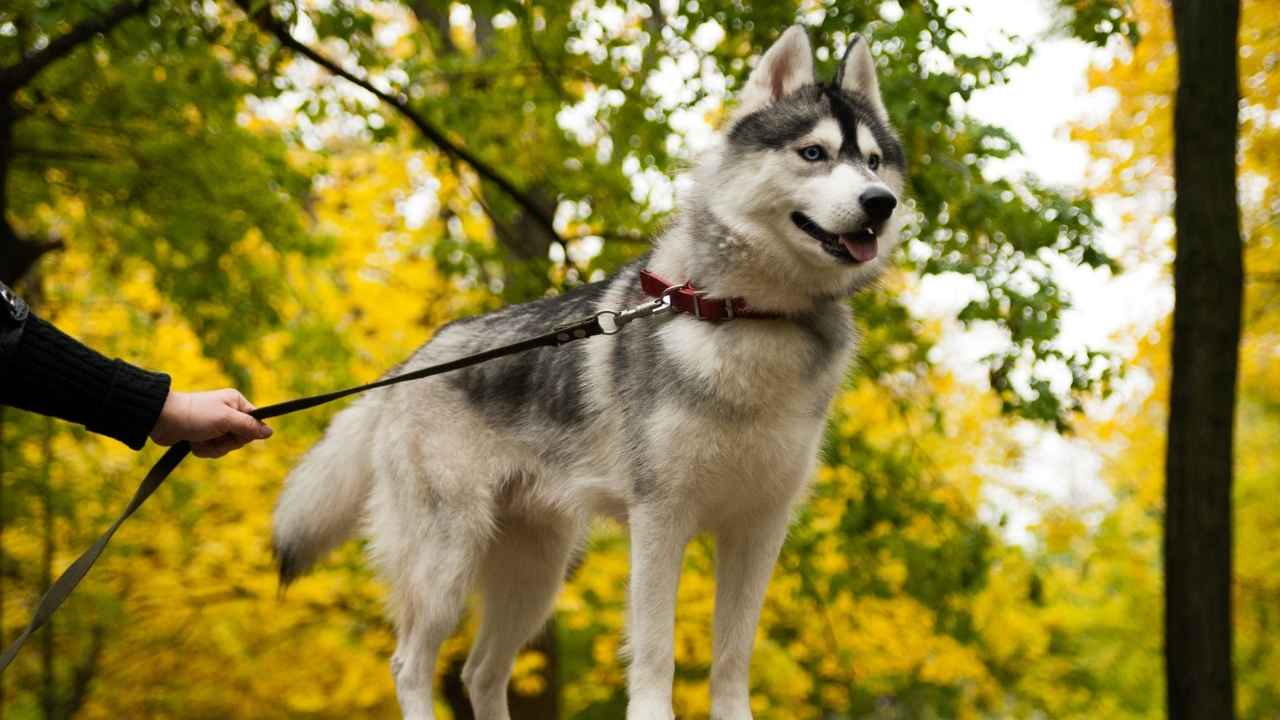
The Siberian Husky comes from one of the coldest places on Earth—Siberia, Russia. According to Britannica, these dogs were bred by the Chukchi people, an indigenous tribe that relied on them for transportation, companionship, and survival in harsh Arctic conditions.
Unlike other working breeds, Huskies weren’t just used for hauling loads; they were also treated like family, often sleeping with their owners to provide warmth. Can you imagine cuddling up with a pack of fluffy Huskies on a freezing night? Sounds cozy, right?
When gold was discovered in Alaska during the early 1900s, Huskies made their way to North America as sled dogs. Their speed, endurance, and friendly nature made them the top choice for long-distance racing—and they didn’t disappoint! The most famous Husky, Balto, led the legendary 1925 serum run to Nome, saving an entire town from a diphtheria outbreak. That’s some real hero stuff!
Alaskan Malamute

The Alaskan Malamute is an affectionate, loyal, devoted, and dignified dog, as stated by the AKC. These dogs trace their origins back to Alaska, where the Mahlemut Inuit tribe bred them over 4,000 years ago. Unlike Huskies, which were bred for long-distance travel, Malamutes were designed for heavy-duty hauling—dragging massive sleds, carrying supplies, and even helping hunt large Arctic game like seals and polar bears. These dogs weren’t just sled pullers; they were survival partners!
During the Klondike Gold Rush in the late 1800s, Malamutes became highly sought after for their ability to haul heavy loads over long distances. But their popularity came at a cost—crossbreeding with other dogs almost diluted the pure Malamute line. Thankfully, dedicated breeders stepped in to preserve the breed, and by the 1920s, the Alaskan Malamute was officially recognized as a distinct breed.
Siberian Husky vs. Alaskan Malamute: Coats and Markings
Siberian Husky
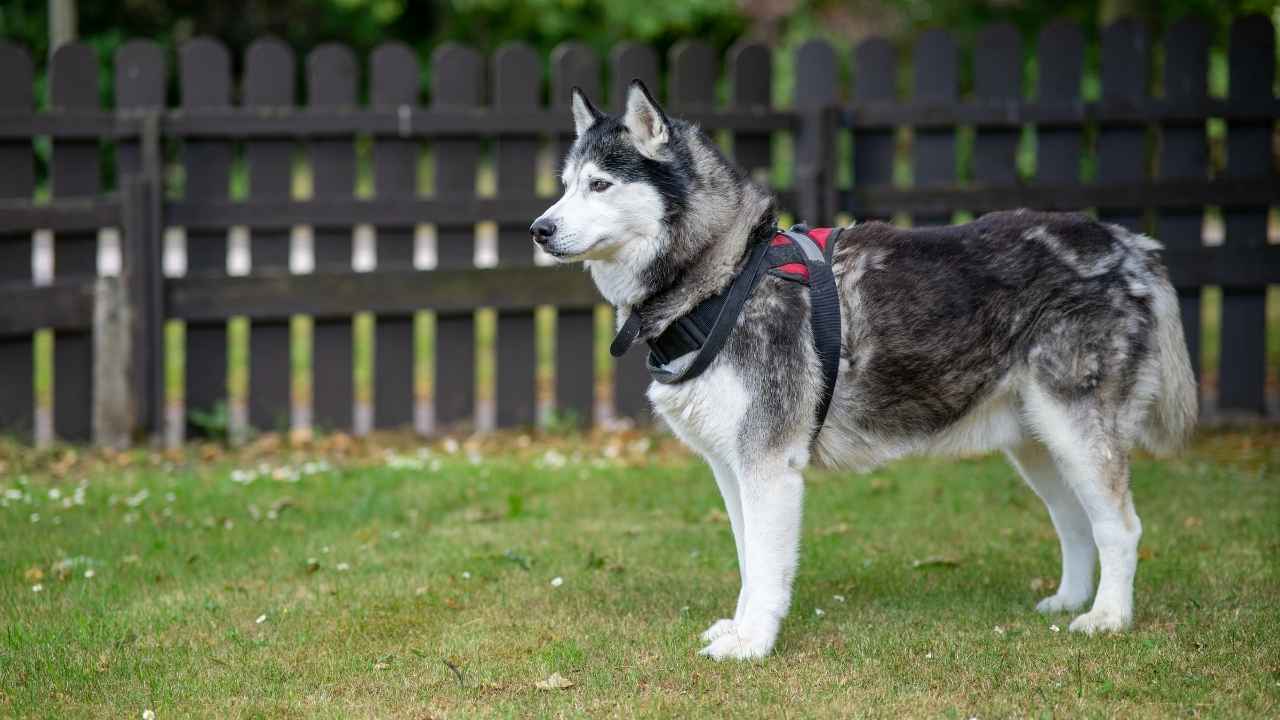
The Siberian Husky’s coat is built for survival in extreme cold, and wow, does it show! These dogs have a double coat—a soft, dense undercoat for insulation and a straight, weather-resistant topcoat that repels snow and moisture.
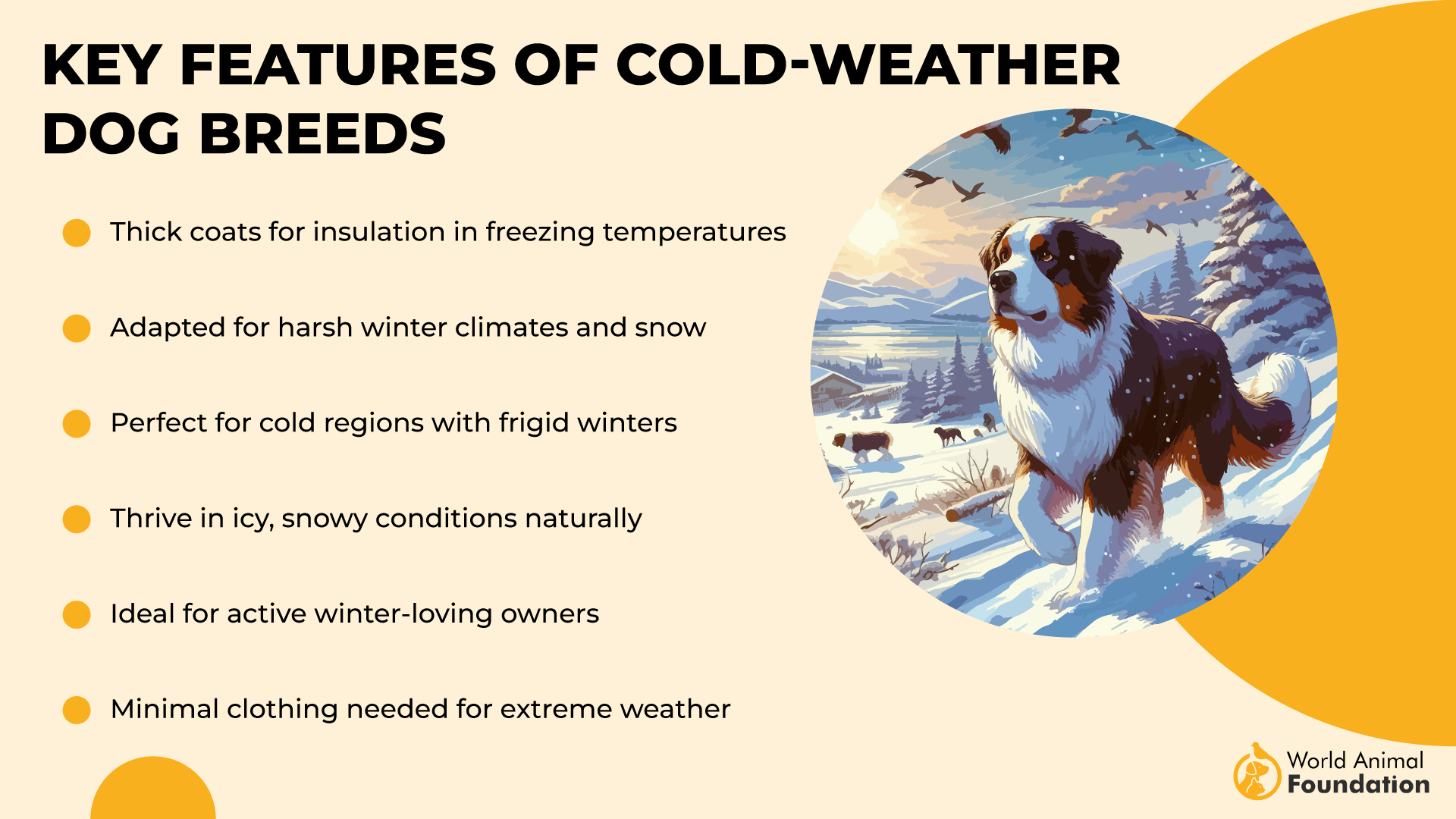
That’s why Huskies can handle freezing temperatures without a problem. But guess what? That same coat sheds like crazy, especially during seasonal “coat blowouts.” Husky owners, you know the struggle—fur on the floor, the couch, your clothes… everywhere!
When it comes to colors and markings, Huskies bring serious variety and are generally a healthy breed, says AKC. They come in shades like black, gray, red, agouti, and pure white, often with stunning mask-like facial markings. Ever seen a Husky with striking blue eyes? It’s one of their signature features! But did you know they can also have brown, green, or even one blue and one brown eye (heterochromia)? Talk about a head-turner!
Alaskan Malamute
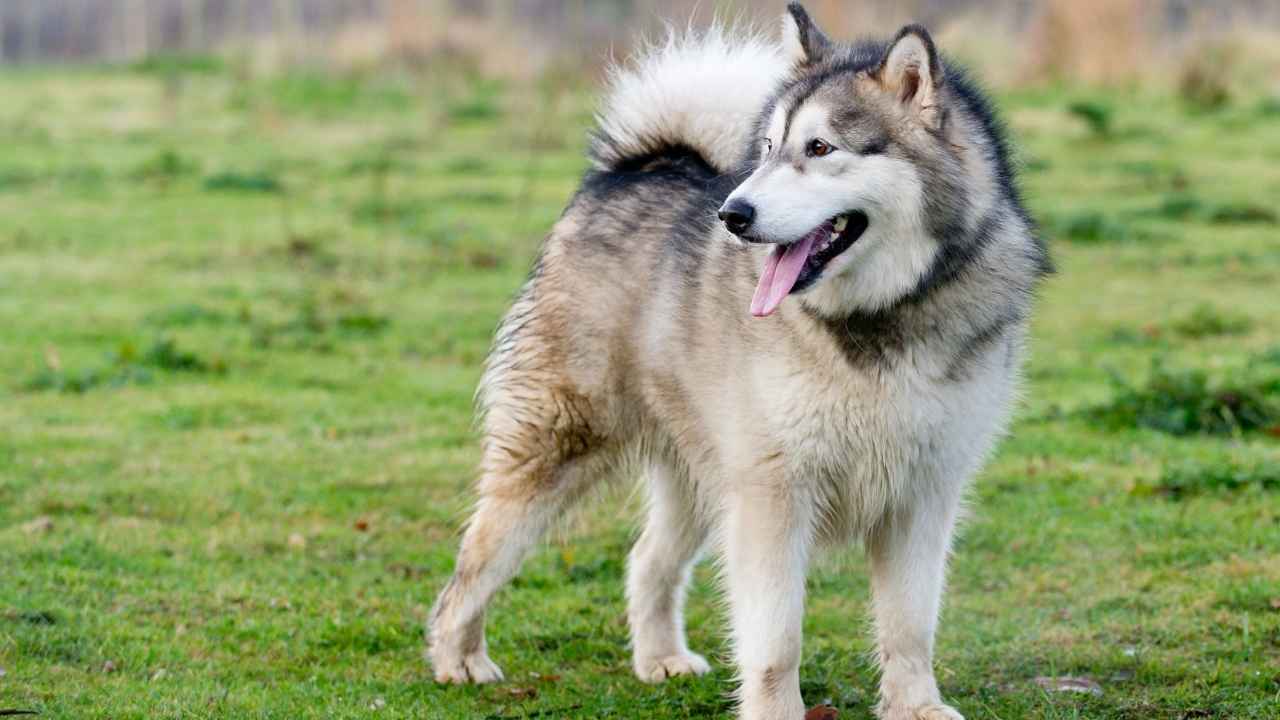
If Huskies have thick coats, Alaskan Malamutes take it to the next level. Their double coat is denser and longer, built for enduring harsh Arctic conditions and heavy loads. Malamutes were bred for strength, not speed, so their fur is extra plush, keeping them warm while they work. And yes, that means they shed—a LOT. If you think a Husky’s coat is high maintenance, Malamutes will double the challenge!
Malamutes typically come in shades of black, gray, sable, red, and seal, but unlike Huskies, they never have solid coats. They always have white markings on their belly, legs, and faces. Their signature “cap” and “goggles” give them a distinct, expressive look. And while Huskies can have blue eyes, Malamutes only have brown eyes—which gives them a warm, soulful expression.
Siberian Husky vs. Alaskan Malamute: Size
Siberian Husky
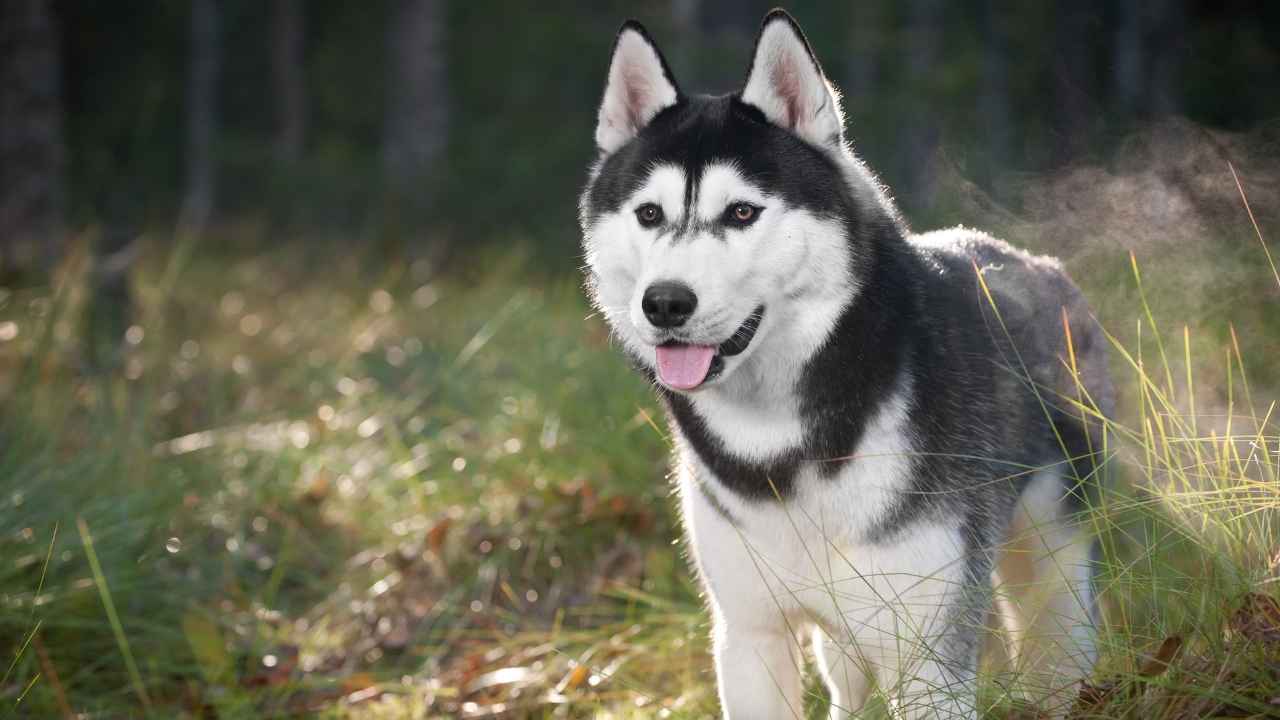
Siberian Huskies may look like wolves, but in the world of working dogs, they’re actually medium-sized. Males typically weigh 45-60 lbs and stand about 21-23.5 inches tall, while females are slightly smaller, around 35-50 lbs and 20-22 inches tall.
What makes them unique? Their lean, athletic build! Huskies were bred for speed and endurance, meaning they’re light on their feet, incredibly agile, and built for long-distance running. Unlike bulkier sled dogs, they don’t carry heavy loads—instead, they pull lighter sleds over vast distances at high speeds. This gives them a sleek, almost aerodynamic look, which, combined with their striking coat, makes them one of the most eye-catching breeds.
But don’t be fooled by their slim build—Huskies are all muscle and energy. If you’re thinking of bringing one home, be prepared for a high-energy, non-stop adventurer who will keep you on your toes! Huskies were bred to be very active, working dogs, says PetMD.
Alaskan Malamute
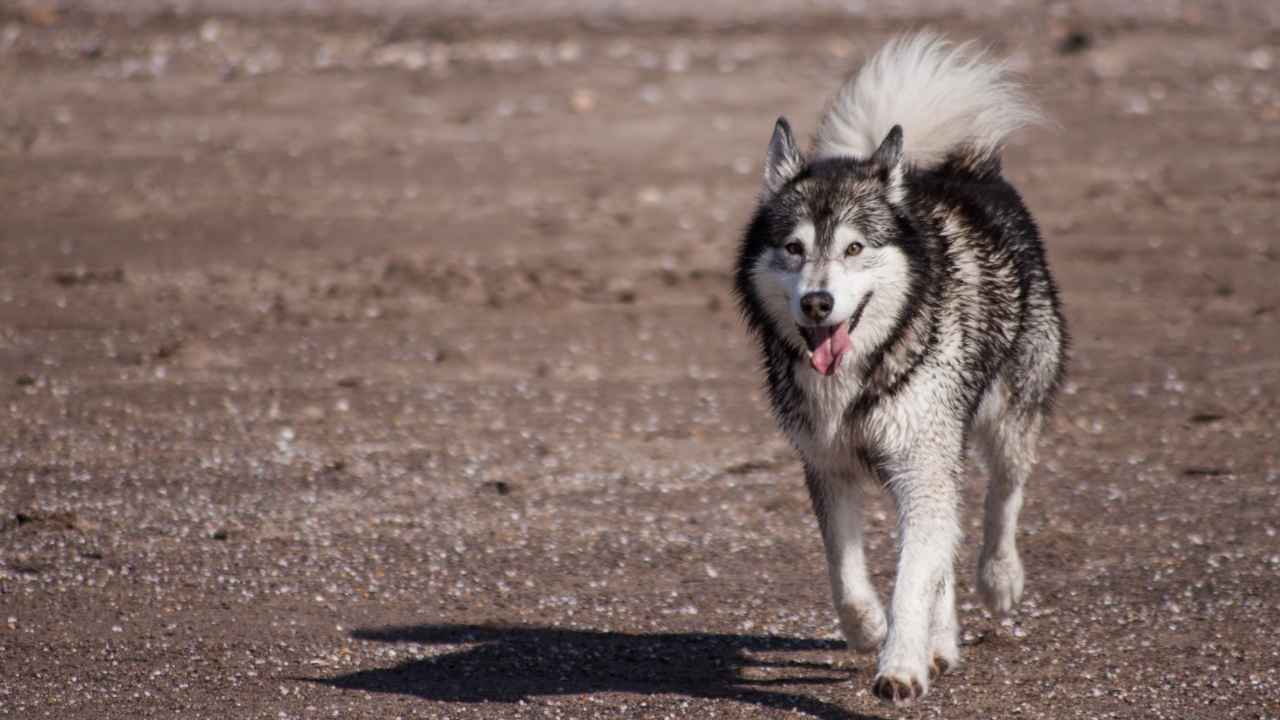
Now, if Huskies are the speedsters, Alaskan Malamutes are the powerlifters of the sled dog world. These dogs are massive compared to Huskies! Males weigh between 85-100 lbs (39-45 kg) and stand 25 inches (63.5 cm) tall, while females are around 75-85 lbs (34-39 kg) and 23 inches (58 cm) tall. And some giant Malamutes bred for strength can exceed 100+ lbs!
Malamutes are built for power, not speed. Their stocky, muscular bodies were designed to haul heavy loads across rough Arctic terrain, mentions AKC. That thick bone structure, broad chest, and powerful legs allow them to pull hundreds of pounds simultaneously—talk about brute strength! Unlike the Husky’s lean frame, Malamutes have a bulkier, more imposing presence.
According to the American Kennel Club, Malamutes are known for their gentle, affectionate nature, often called “giant teddy bears.” But don’t underestimate their strength—when a Malamute decides to pull, you’re going for a ride whether you like it or not! The Malamute is your perfect match if you want a large, strong, and loyal companion.
Siberian Husky vs. Alaskan Malamute: Temperament
Siberian Husky
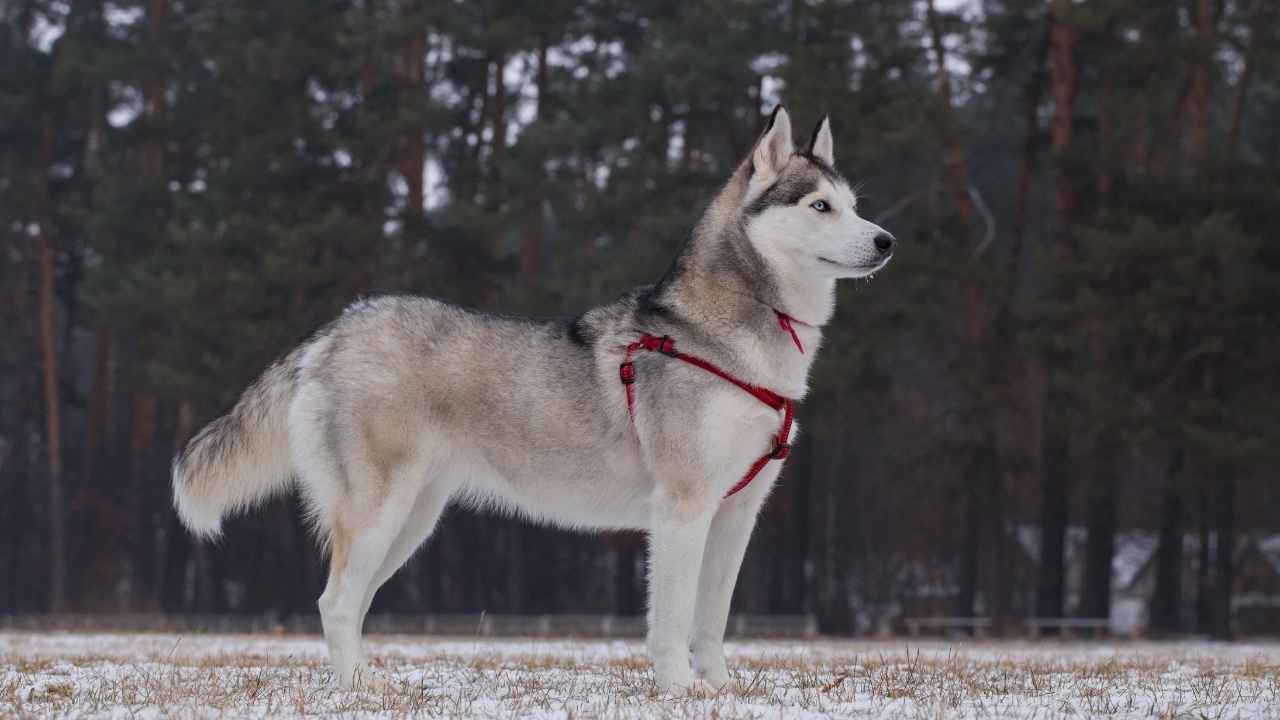
Siberian Huskies are the ultimate free spirits—playful, mischievous, and always looking for an adventure. If you’ve ever owned one, you know they have a mind of their own! These dogs are high-energy, smart, intelligent, and social, but they also have a stubborn streak that makes training a challenge. They’re not the type to blindly follow orders—they prefer to test boundaries and do things their way.
Petplan claims that Huskies are incredibly friendly, even with strangers. If you’re looking for a guard dog, look elsewhere—a Husky is more likely to invite a burglar in than scare them away! They thrive in human and canine company, so leaving them alone for long periods is a recipe for disaster (aka chewed-up furniture and great escape attempts).
Alaskan Malamute
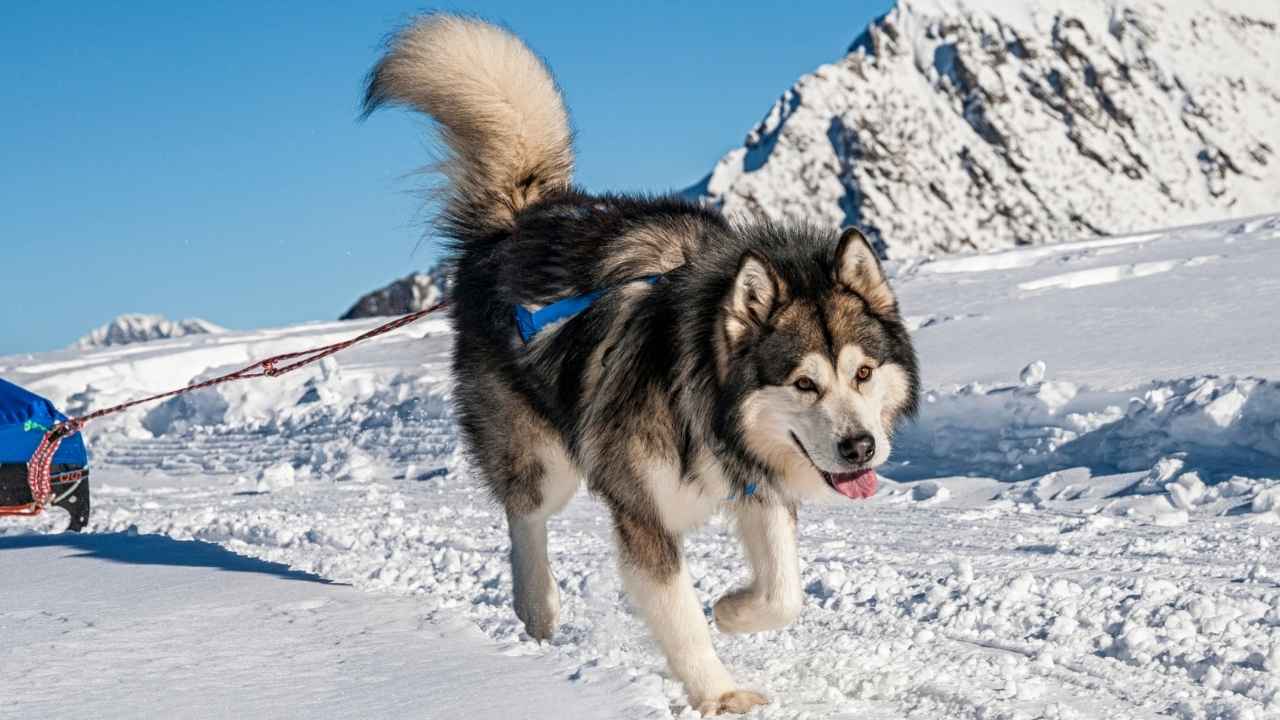
If Huskies are playful adventurers, Malamutes are the gentle giants of the Arctic. They’re affectionate, loyal, and deeply bonded to their families, says WebMD. Unlike the high-energy, sprinting Husky, Malamutes are calm dogs, though they still have a fun-loving side.
Malamutes have a strong pack mentality, meaning they see their humans as part of their “sled team.” They’re incredibly loyal and protective, making them better watchdogs than Huskies—but they’re still friendly at heart. They won’t be aggressive without reason, but if their family is threatened, they won’t hesitate to stand their ground.
And just like Huskies, they love to “talk”—but their deep, wolf-like howls sound way more intimidating!
Siberian Husky vs. Alaskan Malamute: Training
Siberian Husky
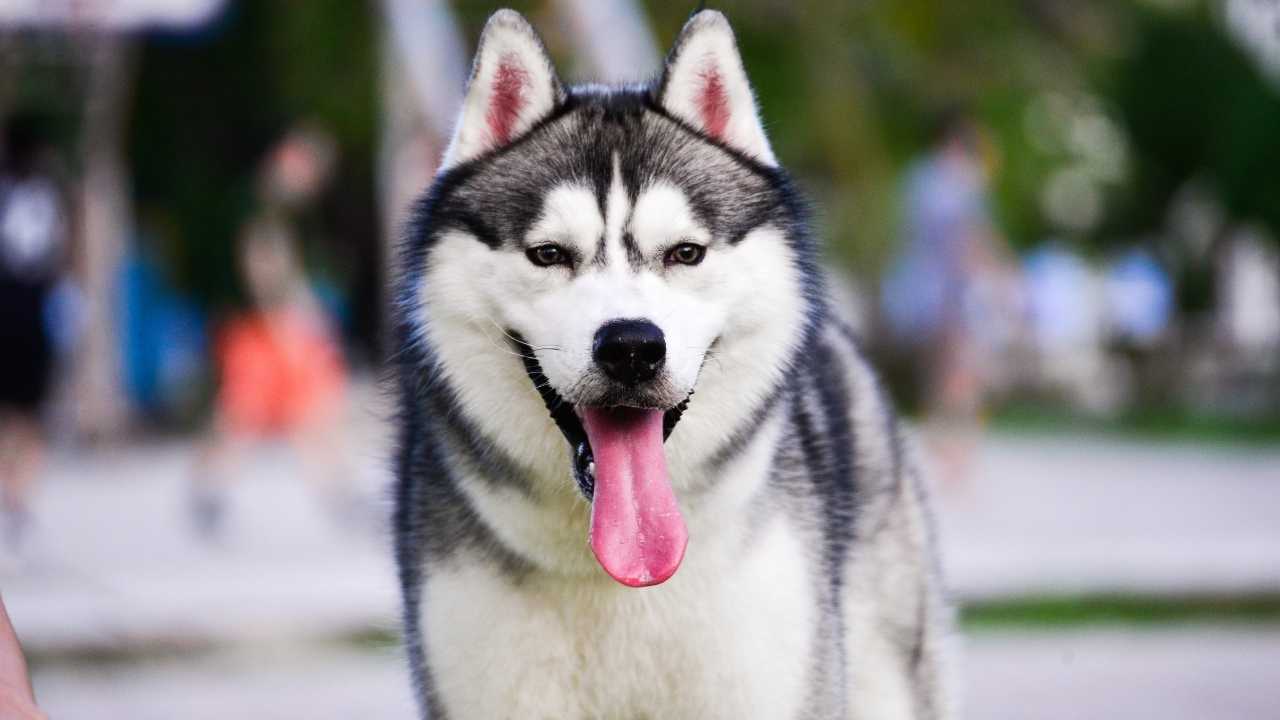
Training a Siberian Husky? Buckle up—it’s going to be a wild ride! These dogs are highly intelligent but incredibly stubborn, meaning they know exactly what you want them to do… and might choose not to do it. As mentioned by Petplan, Huskies have an independent nature, which comes from their history as sled dogs bred to think for themselves in harsh conditions.
Early training and socialization are key to managing their energy and stubbornness. Huskies respond best to positive reinforcement—think treats, praise, and playtime. Harsh training methods won’t work; they’ll make your Husky more defiant. And if you leave them alone too long? Expect creative destruction—these dogs get bored easily and love to escape, dig, or chew through furniture.
Alaskan Malamute
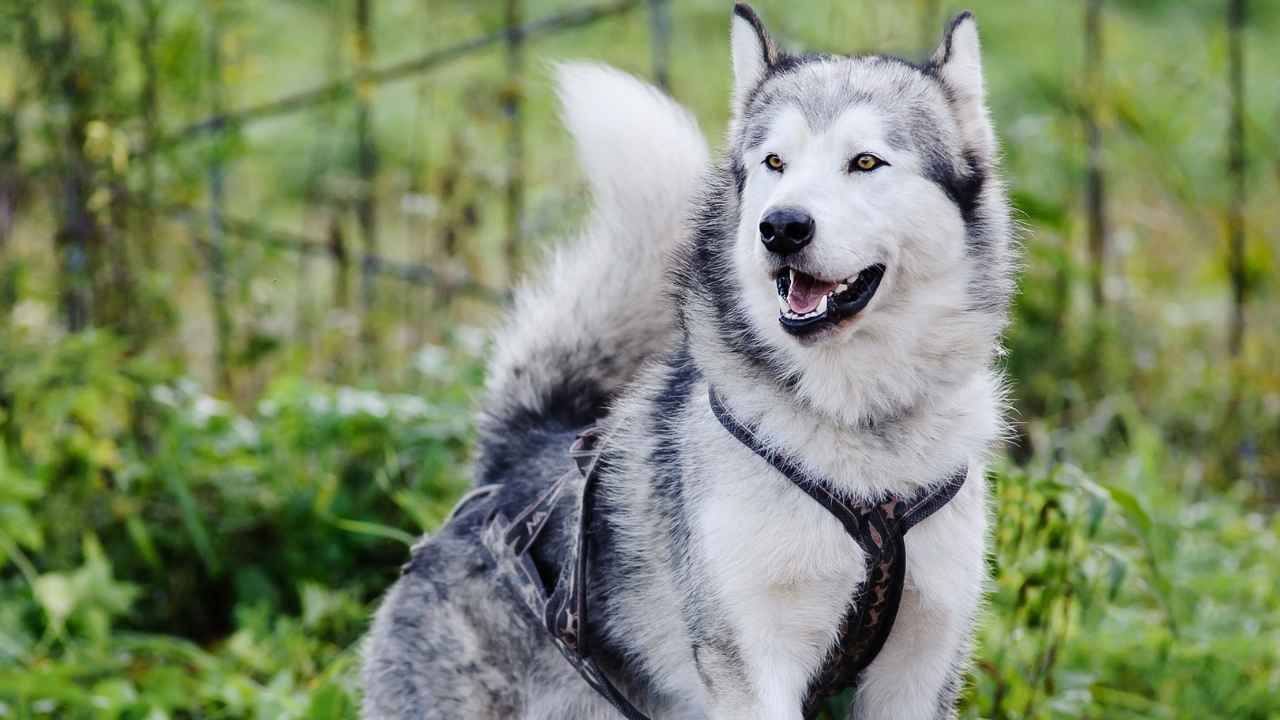
Malamutes may not be as hyper or impulsive as Huskies, but that doesn’t mean they’re easy to train! These dogs are strong-willed, independent, and dominant, requiring a firm, confident owner who can establish leadership early. Unlike Huskies, who thrive on fun and games, Malamutes need clear rules and consistent discipline to prevent them from taking over.
According to Purina, they’re also highly intelligent, but their slow, steady working style means they may take their time responding to commands. Unlike Huskies, who live to run and play, Malamutes are bred for power and endurance, making them less frantic but equally stubborn. Training should focus on firm leadership, positive reinforcement, and mental stimulation.
Both breeds are trainable, but they require experienced, dedicated owners. Huskies are escape artists, while Malamutes are strong-willed pack leaders. If you want an obedient dog that listens immediately, neither breed is for you!
Siberian Husky vs. Alaskan Malamute: Health
Siberian Husky
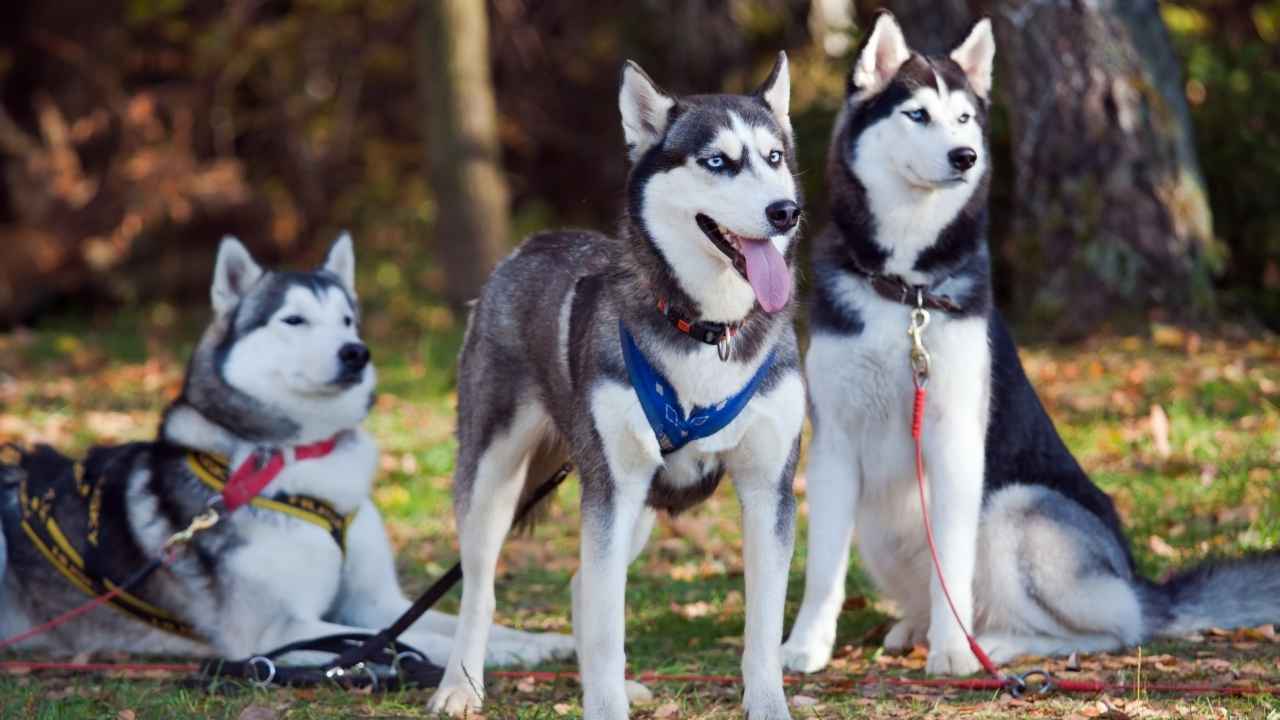
Siberian Huskies are generally a hardy, healthy breed, but that doesn’t mean they’re immune to health issues. Thanks to their sled dog genetics, they have a strong metabolism and efficient energy use, which helps keep them fit—but there are still a few conditions to watch out for.
Hip Dysplasia – While not as common as in larger breeds, Huskies can still develop hip dysplasia, a painful joint condition affecting mobility.
Eye Problems – Huskies are prone to cataracts, corneal dystrophy, and progressive retinal atrophy (PRA), which can lead to vision impairment or blindness.
Zinc Deficiency – Some Huskies struggle with zinc-responsive dermatosis, which causes skin irritation and hair loss. Adding zinc supplements (under vet supervision) can help.
Autoimmune Disorders – Some Huskies develop autoimmune conditions affecting the skin or nervous system.
The good news? Huskies are built for endurance, and with proper exercise and a balanced diet, their life span is 12-15 years. Their efficient metabolism also means they need less food than you’d expect for their size—so don’t overfeed!
Alaskan Malamute
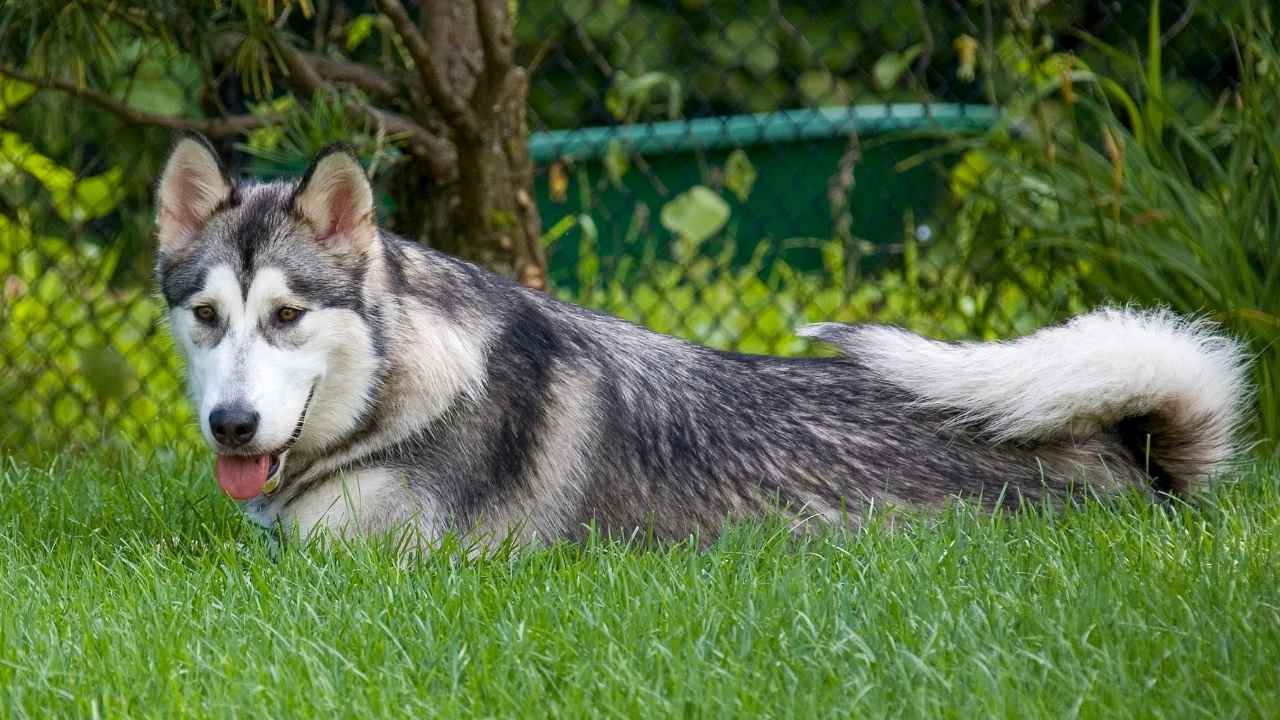
Alaskan Malamutes are larger and more powerful, but that size comes with a few extra health concerns. While they’re robust dogs, their joints and bones take more stress, making them more prone to orthopedic issues.
Hip & Elbow Dysplasia – Since Malamutes are a large, heavy breed, they are far more prone to hip and elbow dysplasia than Huskies. Keeping their weight in check helps reduce strain on their joints.
Bloat (Gastric Torsion) – A serious, life-threatening condition where the stomach twists, cutting off blood supply. Feeding smaller, frequent meals and avoiding exercise right after eating can help prevent it.
Polyneuropathy – A genetic nerve disorder affecting muscle coordination and movement, more common in Malamutes than Huskies.
Chondrodysplasia (Dwarfism) – A hereditary condition that affects bone development, leading to shortened limbs and mobility issues.
Malamutes tend to live 10-14 years, slightly shorter than Huskies due to their larger size. Since they gain weight easily, a well-managed diet and regular exercise are crucial to keeping them in peak condition.
Both breeds are strong and resilient, but Malamutes face more joint-related issues, while Huskies are more prone to eye conditions. Regular vet checkups, a healthy diet, and plenty of exercise are essential for keeping both breeds happy and healthy!
Conclusion
The Siberian Husky and Alaskan Malamute are two distinct breeds that share a rich history as sled dogs, but they have key differences in their build, temperament, and working abilities. Originating from Northern Asia, the Chukchi people developed the Siberian Husky to pull light loads over long distances, requiring very little food for endurance. In contrast, the Mahlemut tribe in Alaska bred the Alaskan Malamute as a heavy-boned, powerful dog designed to pull heavy loads over short distances.
Both Huskies and Malamutes have thick double coats, making them well-suited for cold climates, but their temperament and physical needs differ significantly. While Huskies are typically smaller, highly energetic, and require immense mental and physical stimulation, Malamutes are stronger, more independent, and often more aloof around other dogs. When comparing these two breeds, their coat, eyes, and ears also set them apart. Siberian Huskies often have striking blue or brown eyes, sometimes even one brown eye and one blue (heterochromia), while Malamutes usually have only brown eyes.
Malamutes have larger, more rounded noses, whereas Huskies have finer features with ears that point straight up. As pack animals, both breeds need firm training and exercise to thrive in a family environment. However, Huskies tend to be extremely friendly and more sociable with other dogs, while Malamutes can be more dominant, especially with same-sex dogs. Both are affectionate but may not make the best guard dogs due to their friendly nature.


